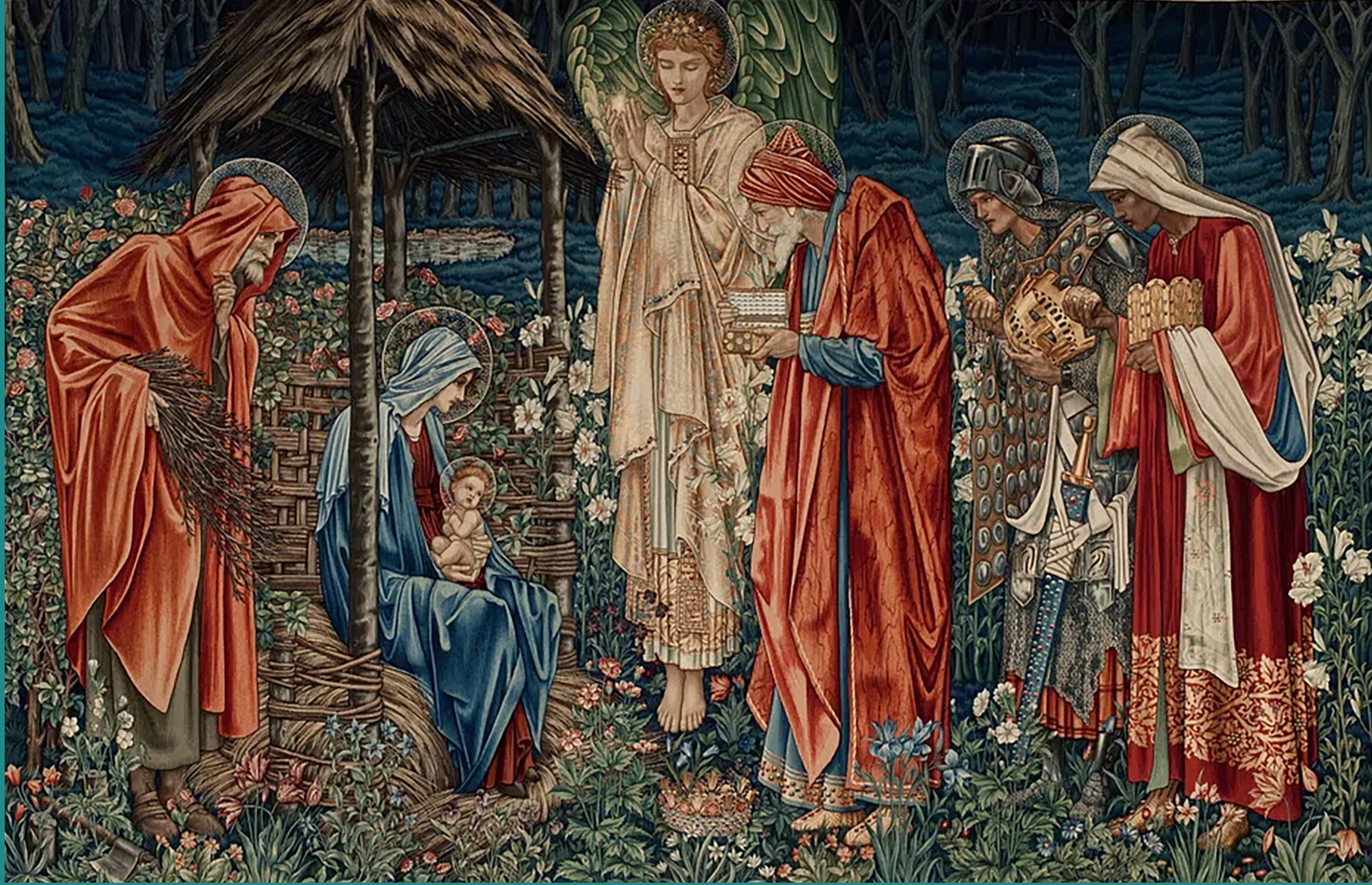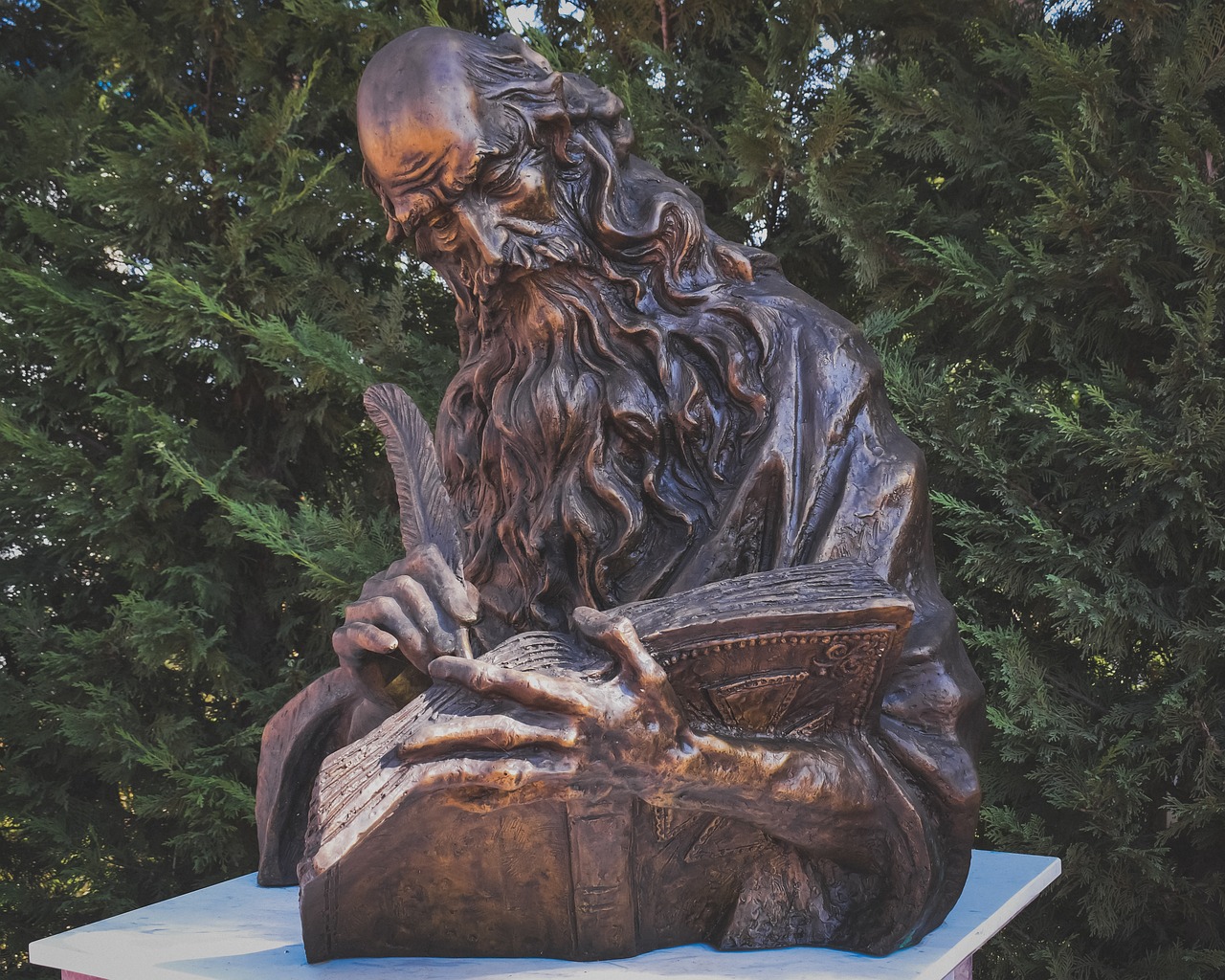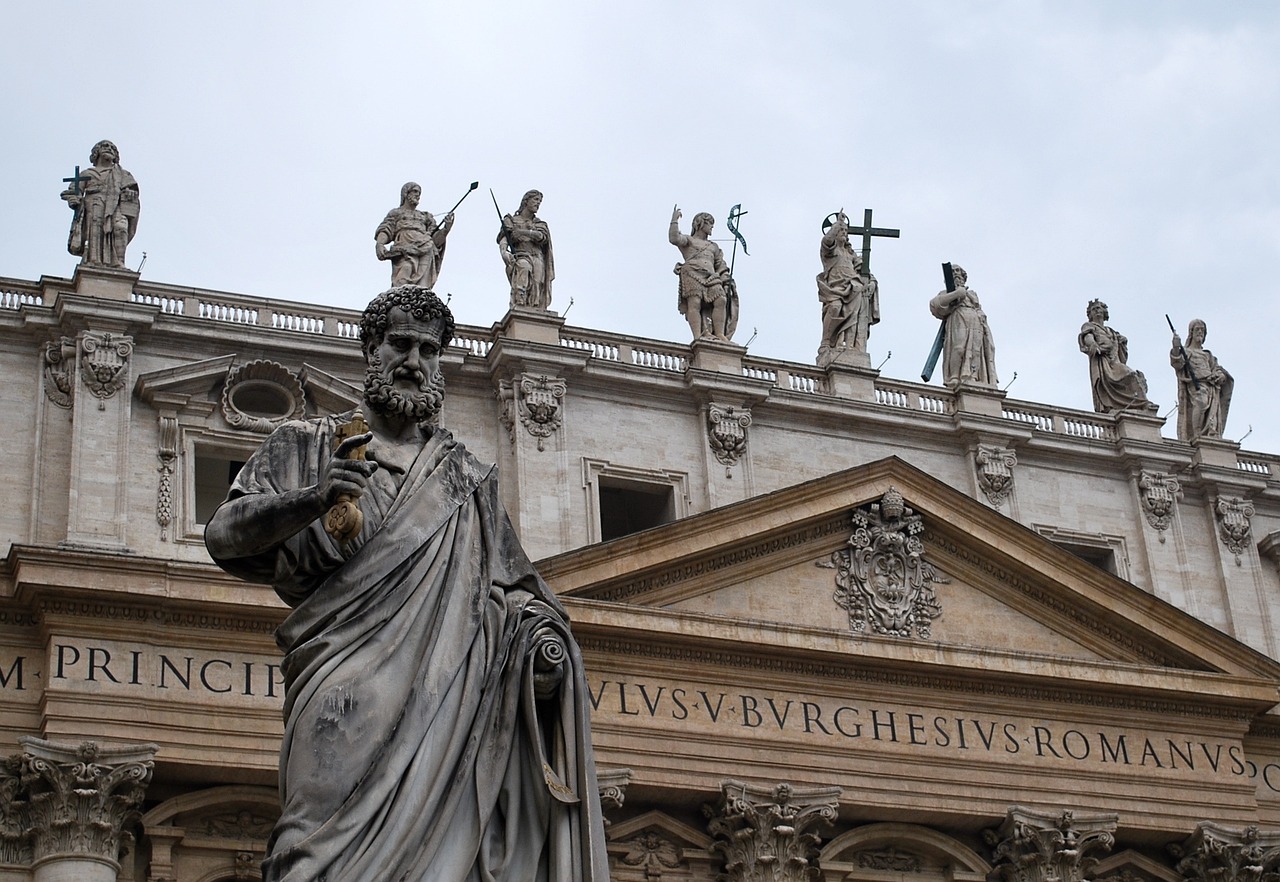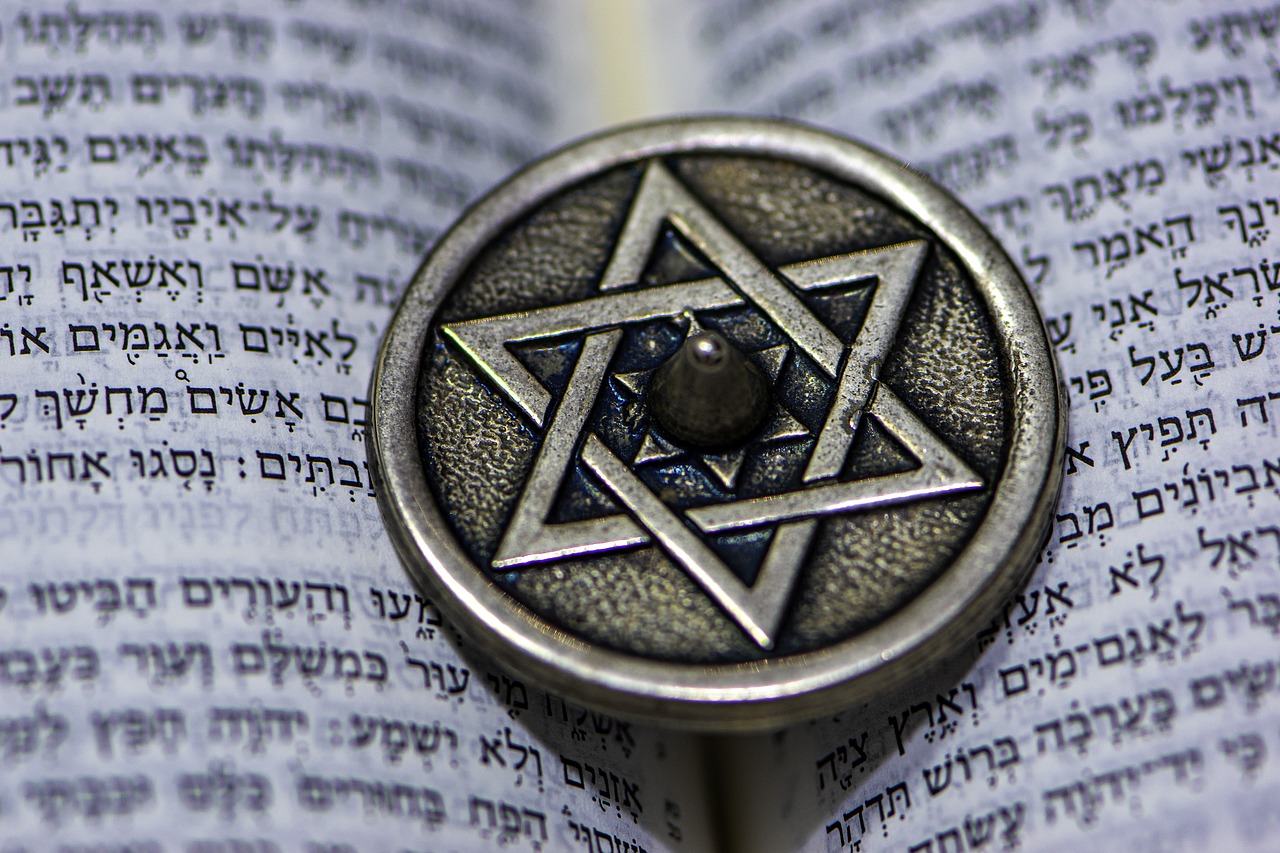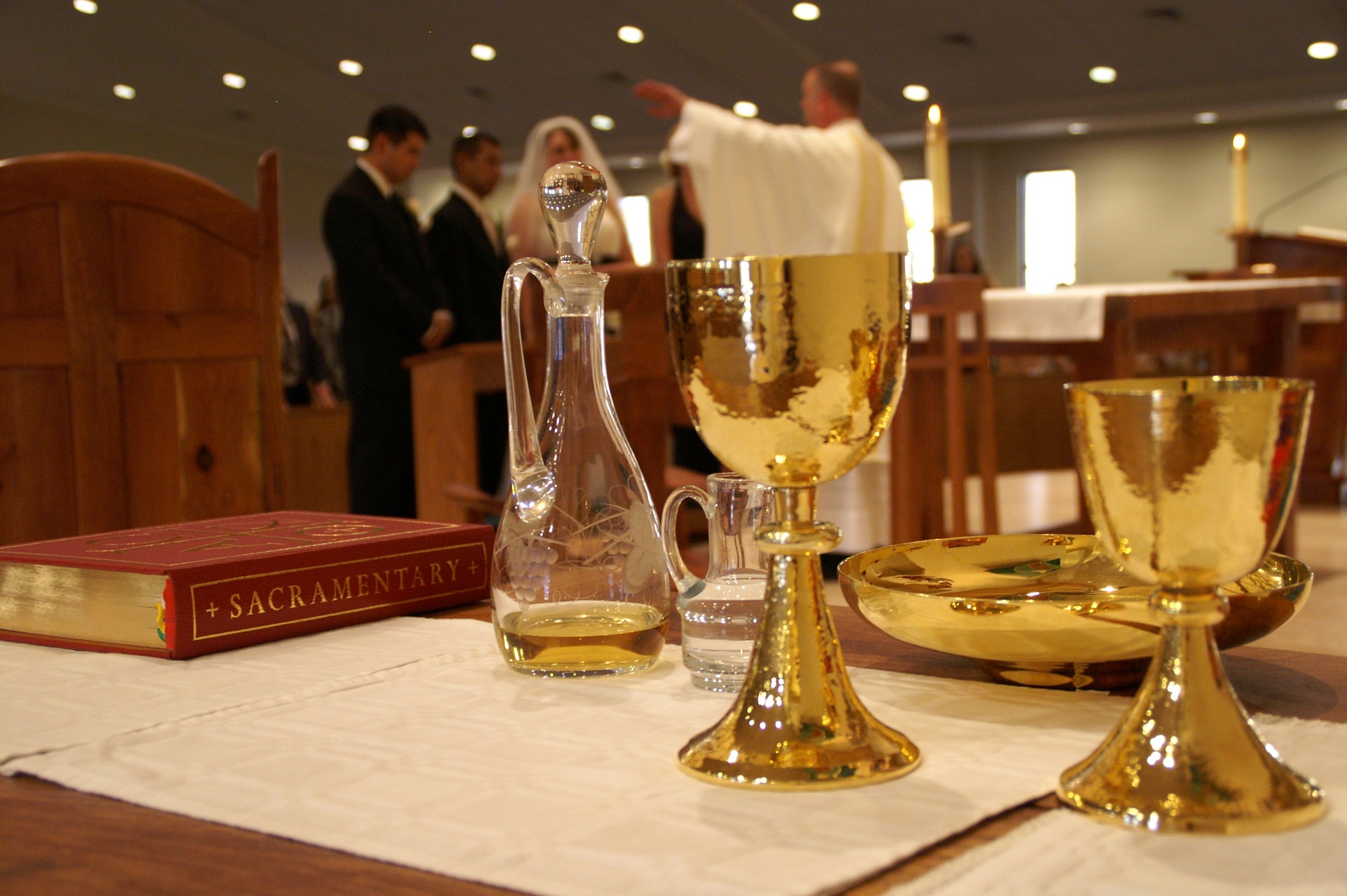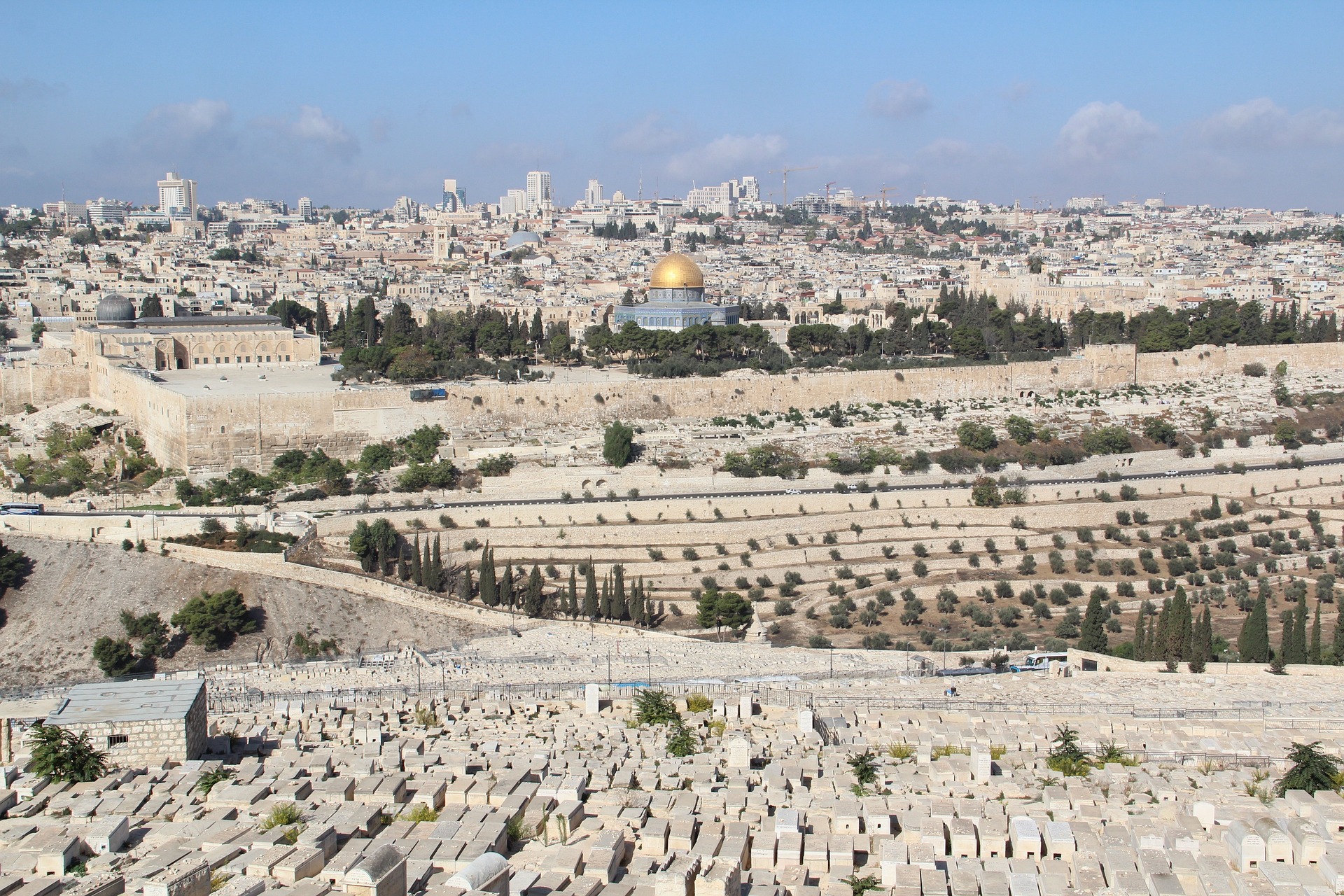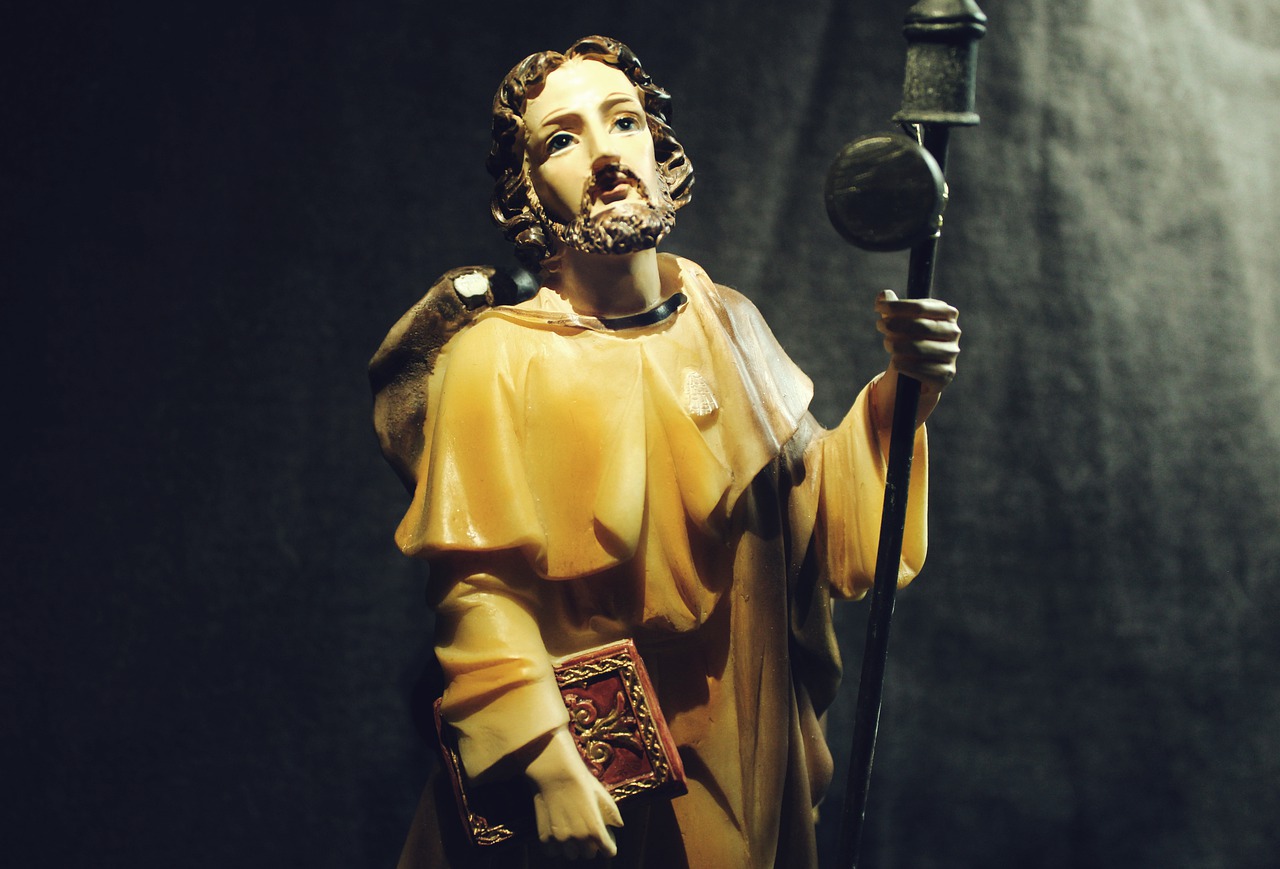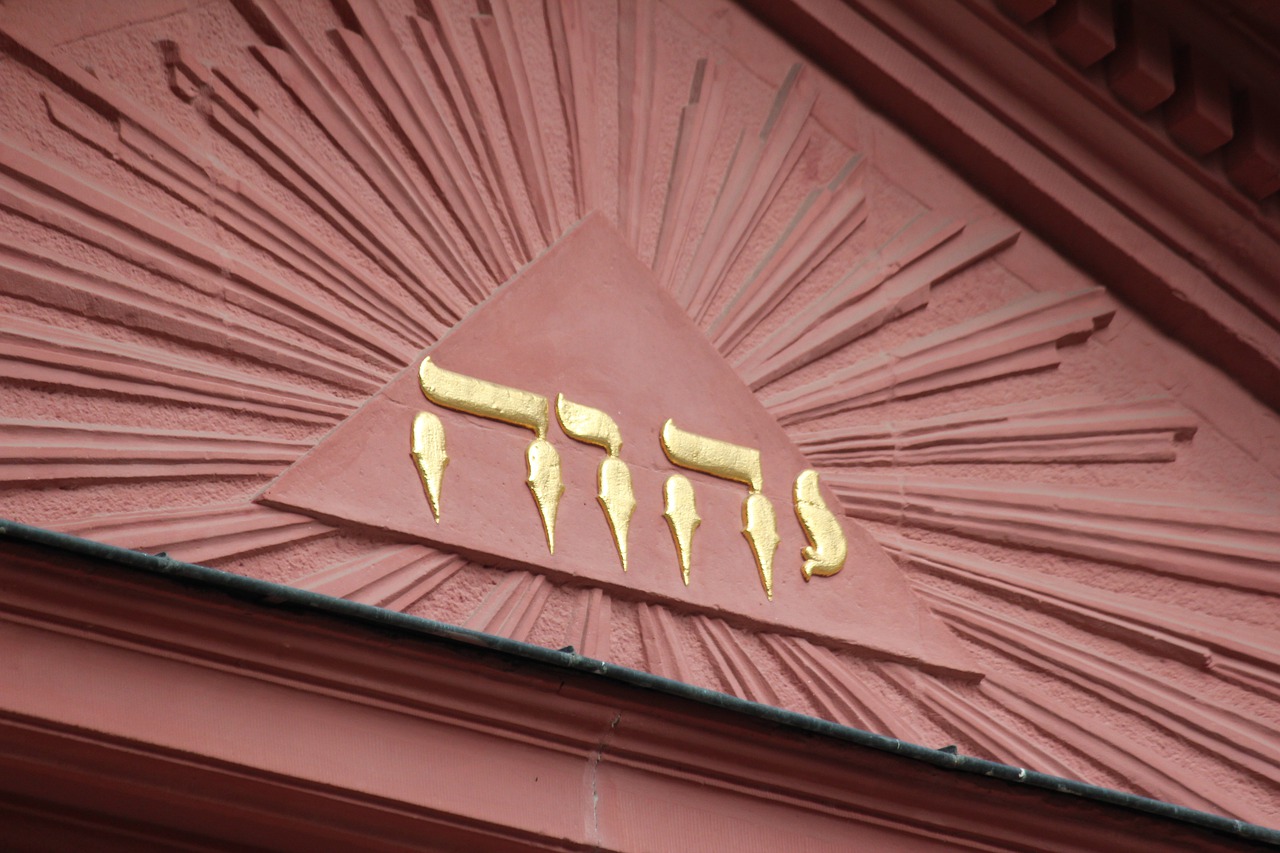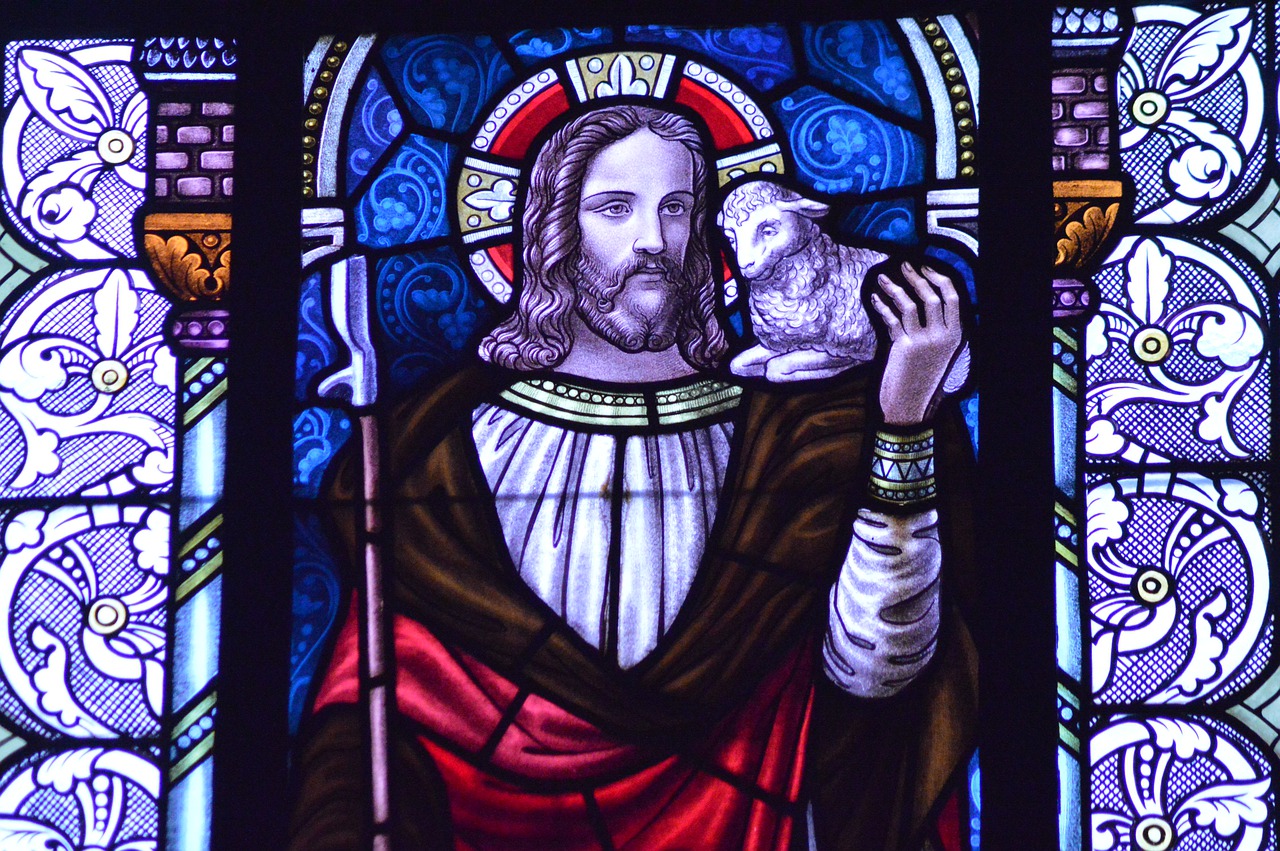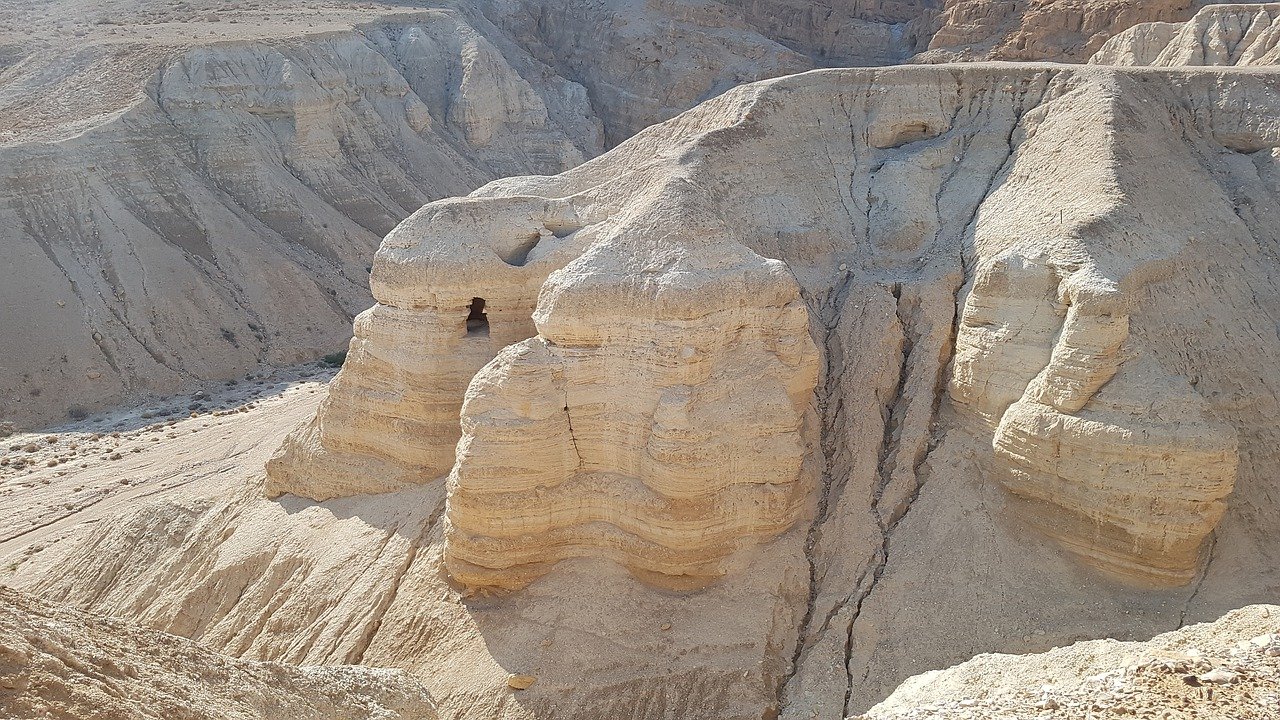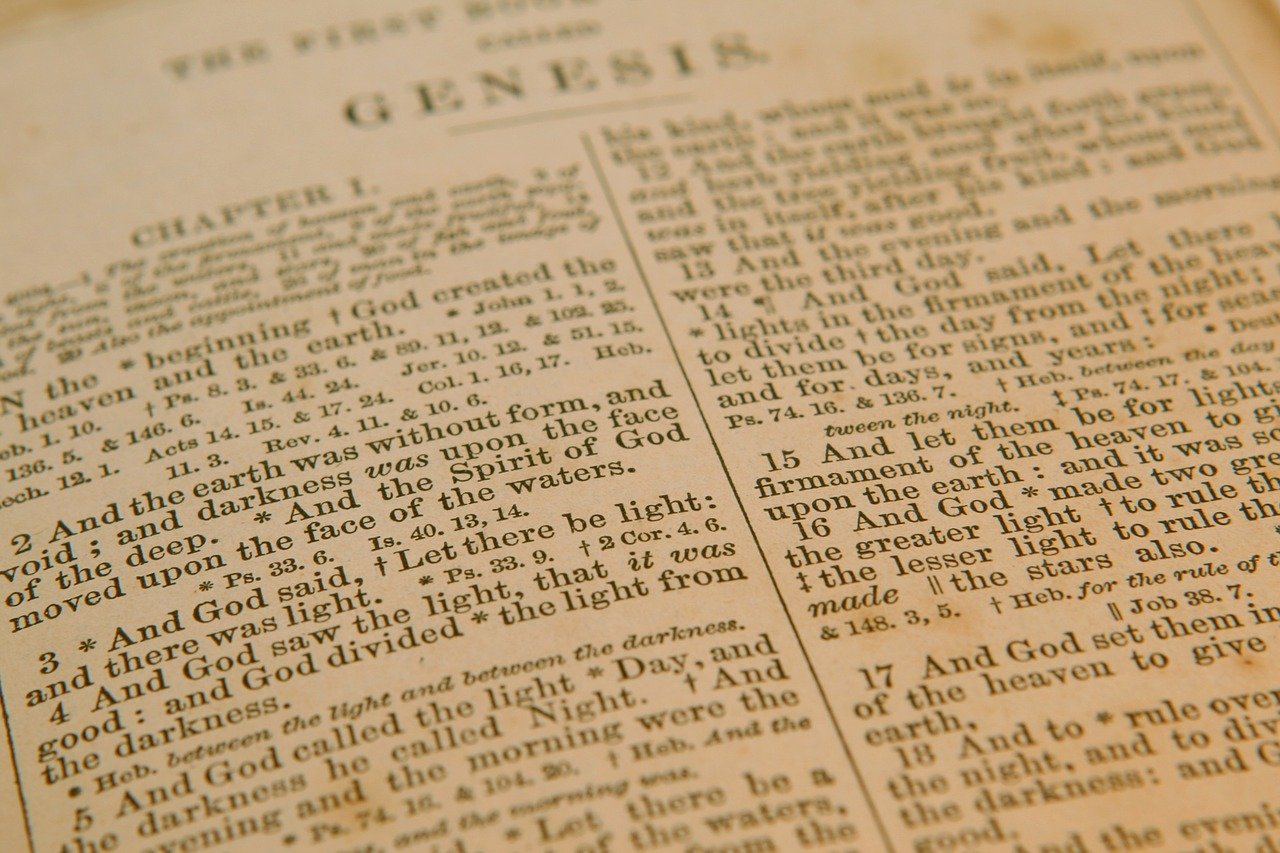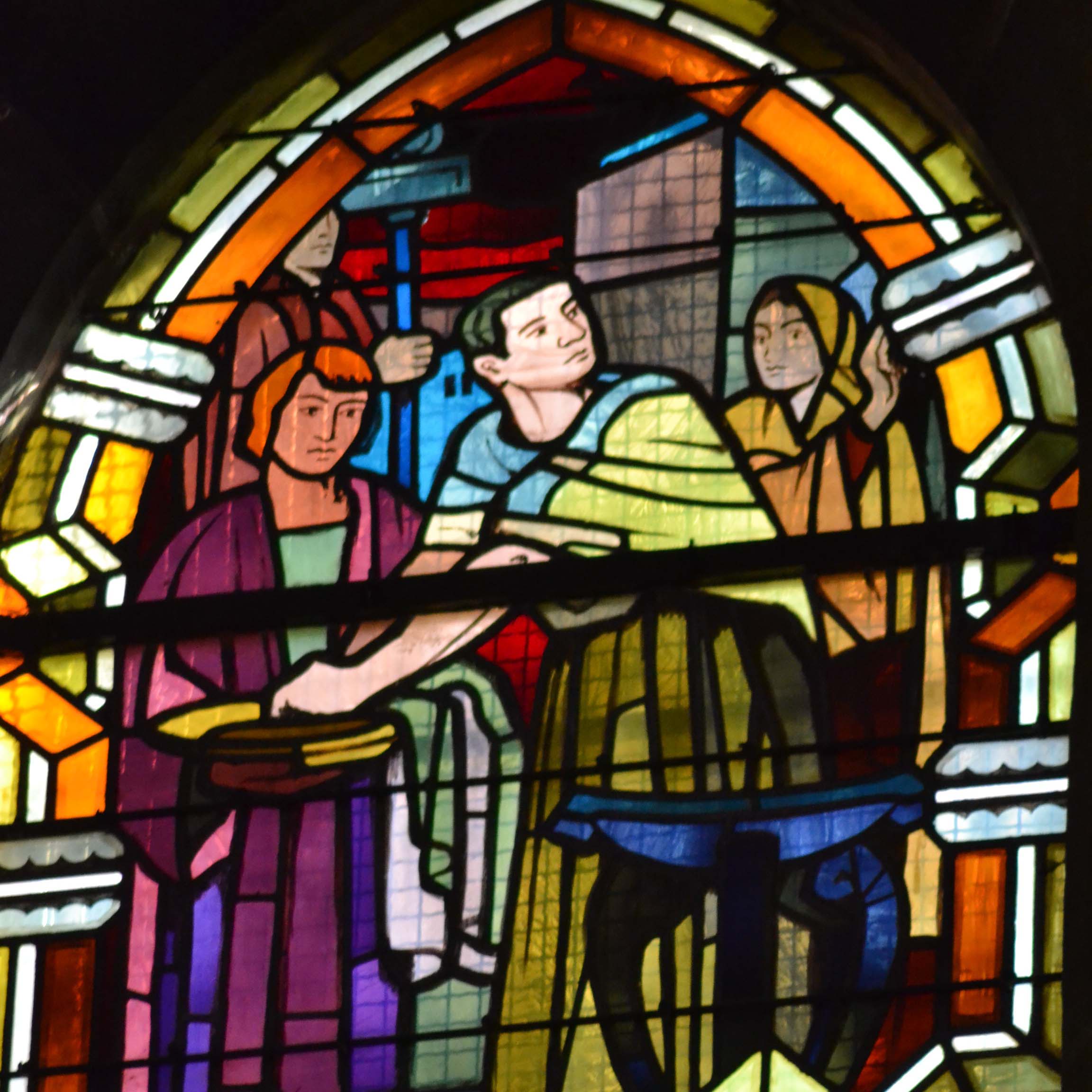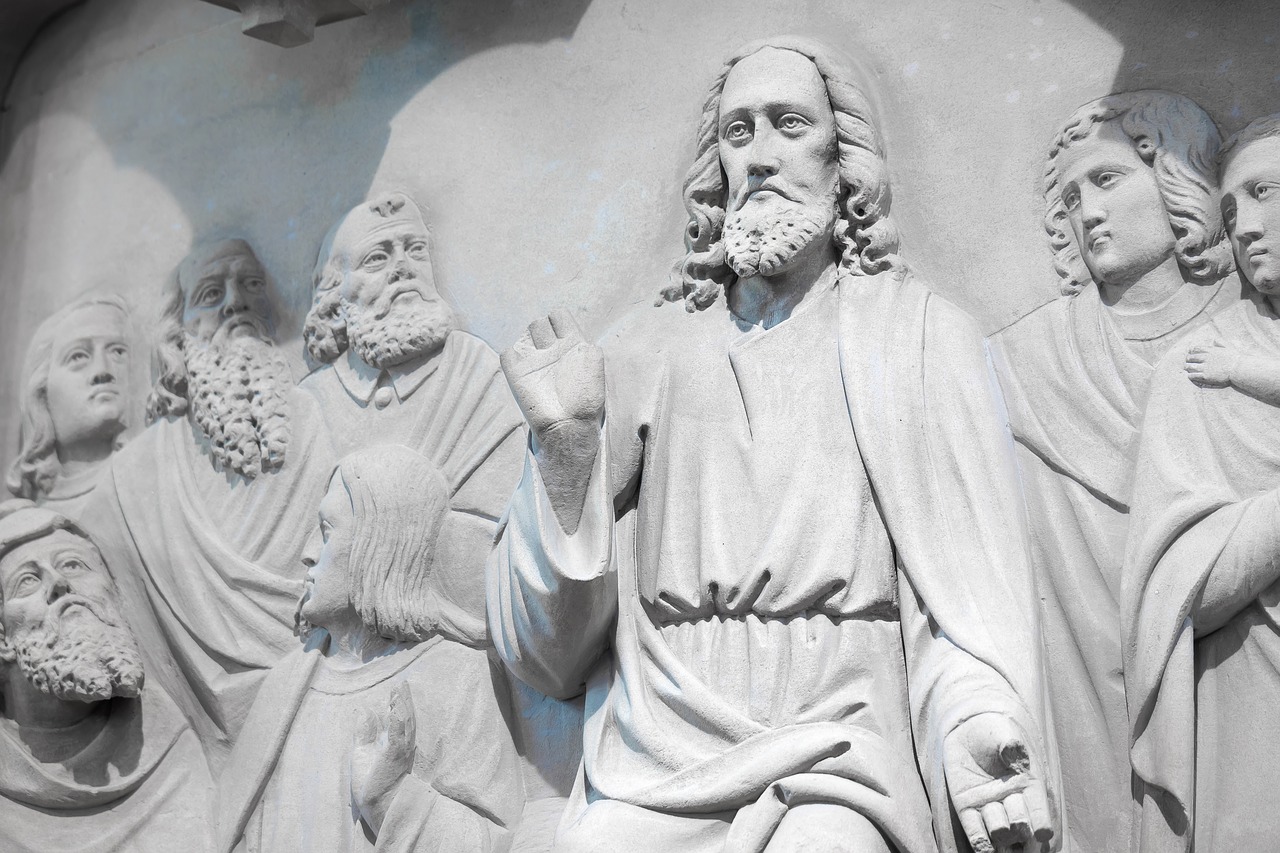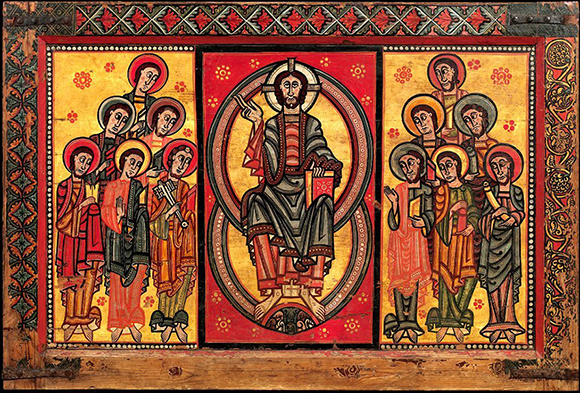
Los Doce aparecen enumerados en Marcos, Mateo, Lucas y Hechos. Los dos libros de Lucas muestran el mayor entusiasmo por este grupo, utilizando "Doce" frecuentemente e intercambiándolo con "apóstoles". Juan se refiere a los Doce sólo dos veces y nunca los enumera.
Los listados delatan una jerarquía. Cuatro nombres encabezan cada lista: los hermanos Simón Pedro y Andrés, y los hijos de Zebedeo, Santiago y Juan. Pedro siempre es el primero. Los otros tres varían. El siguiente grupo está mezclado pero es consistente: Felipe, Bartolomé, Mateo y Tomás. La sorpresa es Bartolomé, quien nunca habla y del que no se sabe nada.
Los cuatro últimos son Santiago, hijo de Alfeo; un discípulo conocido como Tadeo o Judas, hijo de Santiago; Simón el Zelote y Judas Iscariote, cerrando todos los listados como los menos estimados.
Con dos Simones, dos Santiagos y posiblemente tres Judas, se añaden epítetos o apodos. Simón Pedro se distingue del zelote. Santiago de Zebedeo es "el Mayor" y el hijo de Alfeo es "el Menor". Tadeo/Judas, asumiendo la misma posición en varias listas, es reconocido como Judas Tadeo para perder el nombre vilipendiado. A Tomás se le llama “Judas, no el Iscariote” en el evangelio de Juan y otros textos extrabíblicos. Esa identificación simplemente se descarta.
En el evangelio de Juan, Andrés, Pedro, Felipe y Natanael son los reclutas originales. ¿Natanael? Dado que Felipe recluta a Natanael, y Felipe es emparejado con Bartolomé en otro lugar, se sugiere la idea de que Natanael ES Bartolomé. Juan les da a los hijos de Zebedeo sólo un vago reconocimiento posterior a la resurrección. Juan favorece a otros seguidores: Nicodemo, miembro del Sanedrín; María, Marta y Lázaro de Betania; María Magdalena, José de Arimatea y un discípulo “amado” anónimo. Tomás desempeña un papel más importante, al igual que Judas. Después de Pascua, dice Lucas, Matías reemplaza a Judas. La autoridad simbólica de los Doce dura una generación. Cuando cada uno es martirizado, ninguno es reemplazado.
Escrituras: Marcos 3:14-19; Mateo 10:1-4; Lucas 6:12-16; Juan 1:37-51; 3:1-15; 6:70-71; 11:16; 13:23; 18:15-16; 14:22; 19:26-27, 38-42; 20:1-29; 21:1-2, 7, 20-25; Hechos 1:13
Libros:
Apostle: Travels Among the Tombs of the Twelve – Tom Bissell (New York: Vintage Press, 2017)Didache: The Teaching of the Twelve Apostles – Clayton N. Jefford (Salem, OR: Polebridge Press, 2013)




